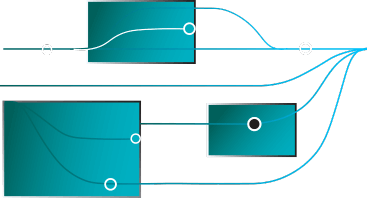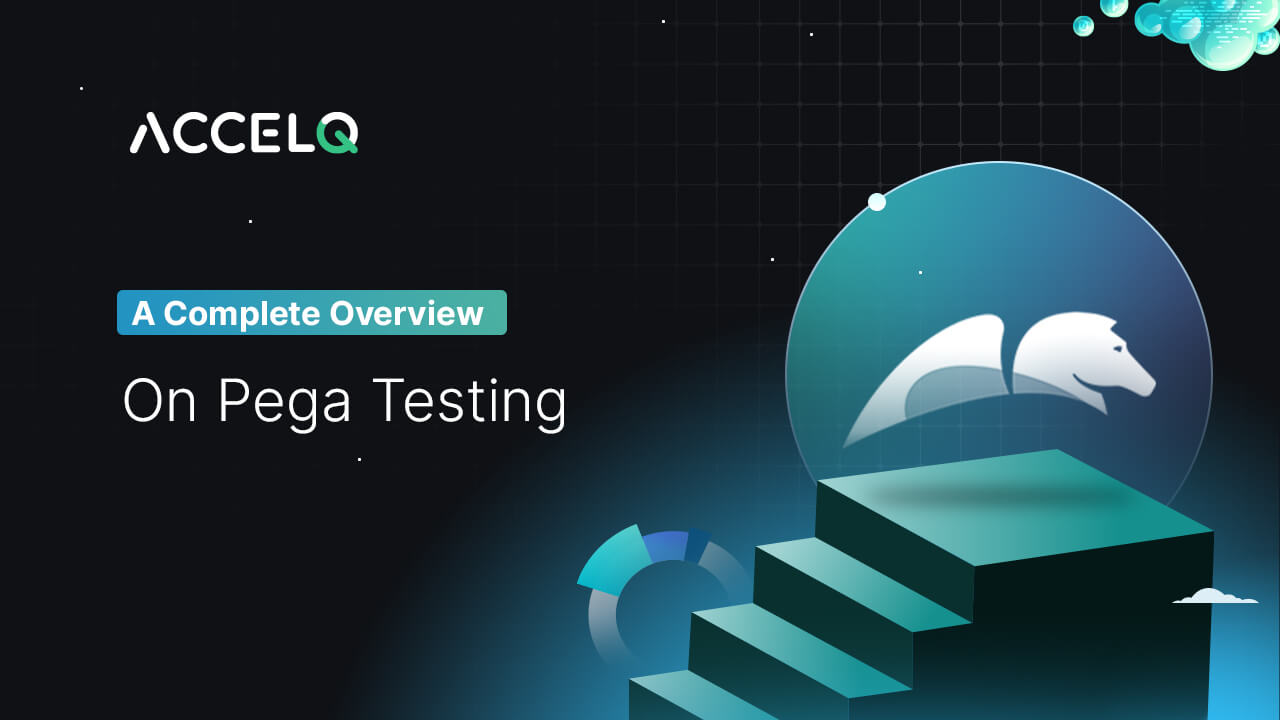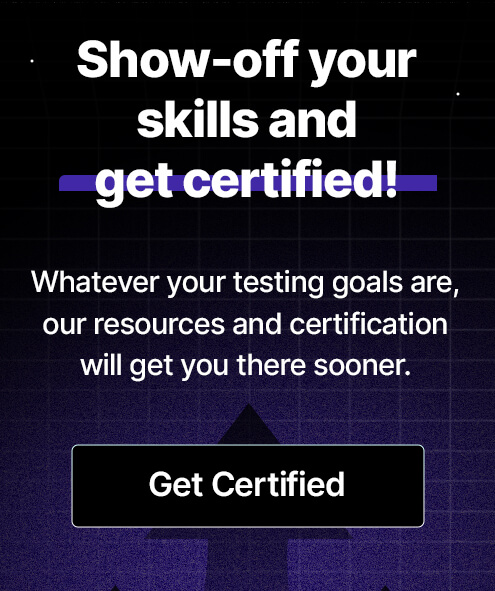A Complete Overview of Pega Testing

Application testing is becoming an extremely taxing process for teams worldwide. With technology ever-changing, today's apps need continuous updates from time to time. This is just as true for the Pega platform, which is pushing organizations to embrace innovative tools and approaches that accelerate the Pega testing lifecycle via automation.
What Is Pega Testing?
The Pega platform allows anyone to build apps, work smarter, and scale with confidence. Using Pega, business users, developers, and IT teams can collaborate, innovate, and deliver critical applications from a single inclusive environment. They can leverage a range of built-in dashboards and reports for efficient process management and deploy apps in an agile manner. But all these features and capabilities necessitate rigorous and continuous testing to check if the platform works as expected and if introduced updates work properly.
Pega testing is about testing on the industry-leading, low-code business process management tool Pega.Through the seamless creation and management of test suites - with less effort - Pega testing helps businesses simplify the testing process and streamline user journeys from end to end.
What Makes Pega Testing Different?
Pega testing is different in many ways. For example:
- Pega testing leverages several aspects of automation testing, such as Rules Process Commander, UI-based scenario testing, API-based functional testing, automated unit testing, etc.
- Pega testing encompasses various testing types. This includes performance, manual, functional, integration, and automated testing.
- For successful Pega testing, testers need to possess skills across testing management frameworks as well as manual and regressive testing.
What Are the Benefits of Using Low-code/No-code tools for Pega Automation Testing?

Low-code/no-code tools can make the Pega testing process simple and offer a number of benefits:
- Low-code/no-code tools allow for the creation and management of test suites quickly and easily. Teams don’t have to build the system from scratch.
- Since low-code/no-code tools require little or no coding, testing teams can save a lot of time, cost, and effort in the testing process and bring their product to the market faster.
- Using low-code/no-code technology, teams can test many features simultaneously, leading to quicker testing results.
- Test scripts can easily be passed from one workflow to another and can be reused again and again.
- Leveraging low-code features, developers can build high-quality, error-free test cases that align with user requirements.
- Testers can group/batch test cases into a test suite and run that suite across an array of test cases simultaneously.
- By making testing a continuous process, low-code/no-code testing accelerates the feedback process. As a result, it allows teams to resolve bugs and issues early and often.
- Testers can choose between running test suites once or automatically at regular intervals, such as daily, weekly, monthly, or yearly.
- Low-code/no-code tools also allow testers to easily maintain traceability and automate test features with high scalability and easy execution throughout the project.
Do more with Test Automation
Discover more ways to add ‘low-code no-code‘ test automation in your workflows

What Are the Top Tips for Crafting a Successful Pega Automation Testing Strategy?
Having a robust Pega automation testing strategy is critical to ensure the features and changes you deliver to your customers are of high quality and do not introduce regressions. To that end, if you're looking to craft a successful Pega automation testing strategy, here are some tips:
- Thoroughly understand the different features of the Pega tool and build your test automation cases and suites leveraging modern test automation capabilities.
- Create automated Pega test scripts based on industry best practices for test automation.
- Test as early and often as possible to prevent small issues from snowballing into large defects.
- Build several unit tests to form a solid foundation of automation testing using the Pega Unit test framework to test different rules within the Pega development environment.
- Create functional, API-based tests to verify underlying logic – especially when the UI is being redesigned time and again.
- Curate scenario tests to ensure end-to-end use cases work as expected.
- Run the right set of Pega automation tests in each sprint concurrently with the development.
- Involve business experts during Pega automation testing who know about the rapid development of the Pega platform.
- Use test automation tools, such as the Application Quality Dashboard, to get a holistic view of application health and pave the way for more comprehensive and effective testing.
- Leverage quality metrics offered byDevOps tools to strengthen the CI/CD pipeline.
- Test against real interfaces to identify issues that users might face via automated smoke and regression tests.
- Make the most of UI-based functional tests to verify end-to-end Pega workflows work as expected.
- Conduct API-based testing to verify that the integration of underlying components is robust and secure.
- Use tools and practices that allow for the automation of working tests to streamline the normal automation testing approach.
- Invest in a low-code test automation platform that makes testing a continuous and agile process.
- Build test cases in a way that they are scalable and reusable, so you can save time and effort in testing.
- Have a clear approach to quality lifecycle management using a single tool for test design and change management.
- Constantly reinforce testing best practices to receive timely feedback and ensure the effective use of test resources.
- During Pega automation testing, ensure periodic documentation for efficient versioning of test cases. However, keep testing the application as the main focus.
- Instead of testing the entire application end-to-end, focus on aspects of the Pega tool that have changed in the current sprint.
The Bottom Line
Pega testing is crucial to test the many capabilities of the leading BPM tool continuously. Being versatile and sufficiently extensible, Pega testing helps build a robust and reliable testing ecosystem driven by automation.
To that end, if you want to boost your Pega testing results, you need to invest in a low-code test automation tool to thoroughly test the Pega platform and ensure it meets the evolving needs of users and businesses alike.
Contact us today to begin your Pega test automation journey!
Related Posts
 Understanding Test Data Management, its challenges, tools, and techniques.
Understanding Test Data Management, its challenges, tools, and techniques.
Understanding Test Data Management, its challenges, tools, and techniques.
 What is Automated Security Testing? Why & How?
What is Automated Security Testing? Why & How?
































